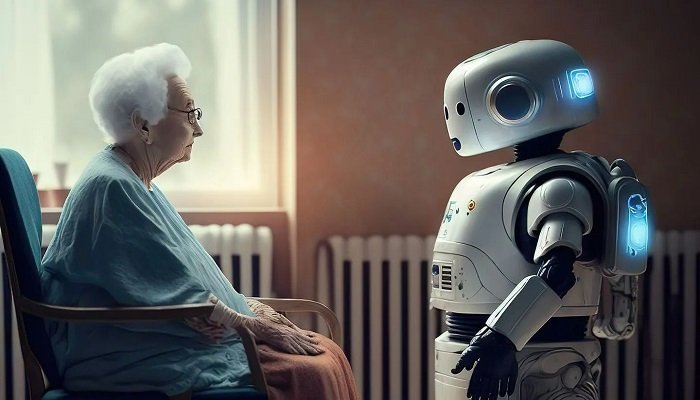The aging population is a global phenomenon, and with it comes an increased demand for comprehensive and efficient healthcare solutions, particularly in-home care for seniors. Artificial Intelligence (AI) is emerging as a transformative force in this sector, revolutionizing the way we provide care to the elderly. From personalized assistance to health monitoring, AI is reshaping in-home care, enhancing the quality of life for seniors while addressing the challenges associated with an aging population.
Personalized Assistance
One of the primary ways AI is transforming in-home care is through personalized assistance. Smart home devices equipped with AI capabilities can adapt to the unique needs of seniors. Voice-activated virtual assistants, such as Amazon’s Alexa or Google Assistant, enable seniors to control various aspects of their environment using voice commands. This includes adjusting the lighting, setting reminders for medication, or even calling for help in case of emergencies.
Moreover, AI-powered systems can learn and understand the daily routines and preferences of seniors, providing tailored recommendations and assistance. For instance, an AI system might suggest suitable exercise routines based on the individual’s health condition or recommend recipes that align with dietary restrictions.
Health Monitoring and Early Intervention
AI plays a crucial role in monitoring the health of seniors, offering early intervention and preventive care. Wearable devices, equipped with sensors and AI algorithms, can continuously track vital signs such as heart rate, blood pressure, and even detect irregularities in gait or movement patterns. This data is then analyzed in real-time, allowing caregivers and healthcare professionals to identify potential health issues before they escalate.
AI algorithms can also predict and detect changes in a senior’s health based on historical data, providing a proactive approach to healthcare. For example, if the system notices a deviation from the established patterns, it can alert caregivers or healthcare providers, enabling prompt intervention and reducing the risk of complications.
Social Interaction and Companionship
Isolation and loneliness are significant concerns for seniors, especially those living alone. AI-powered social robots are designed to provide companionship and stimulate social interaction. These robots can engage in conversations, play games, and even assist with daily activities. This not only addresses the emotional well-being of seniors but also helps prevent cognitive decline by keeping their minds active and engaged.
Additionally, AI-driven communication platforms facilitate easy connection with family and friends. Video calls, messaging, and social media platforms tailored for seniors help bridge the gap between generations, ensuring that seniors stay connected with their loved ones, regardless of physical distances.
Enhanced Safety and Security
AI contributes to the safety and security of seniors in their homes. Smart home monitoring systems can detect unusual activities or emergencies and alert caregivers or emergency services. Fall detection algorithms, for instance, can identify a fall in real-time and automatically call for assistance, providing a rapid response to accidents.
Furthermore, AI-powered security cameras and sensors enhance home security, preventing potential threats and ensuring the overall well-being of seniors.
Conclusion
As the aging population continues to grow, the integration of AI in in-home care for seniors becomes increasingly vital. From personalized assistance and health monitoring to addressing social isolation and ensuring safety, AI is reshaping the landscape of senior care, offering innovative solutions that enhance the quality of life for older adults. By embracing these technological advancements, we can create a future where seniors can age gracefully in the comfort of their homes while receiving the support and care they need.


















